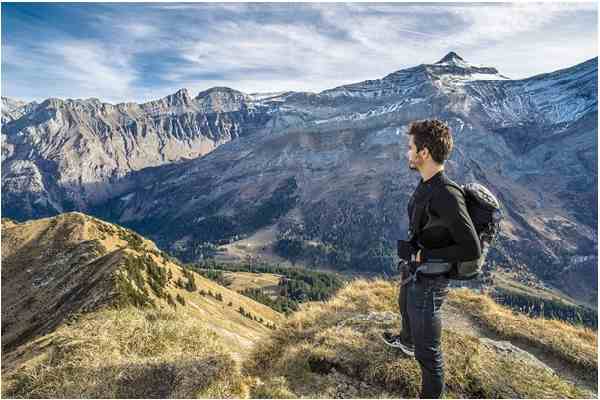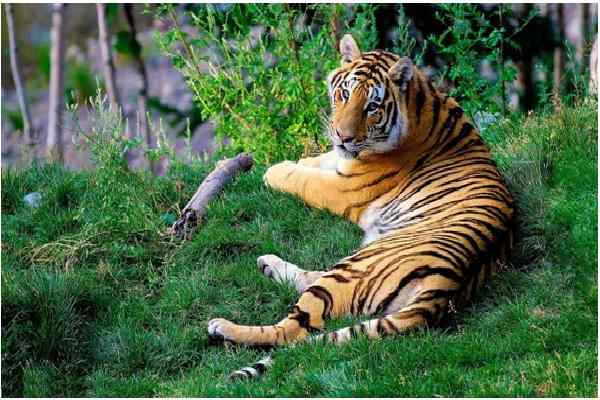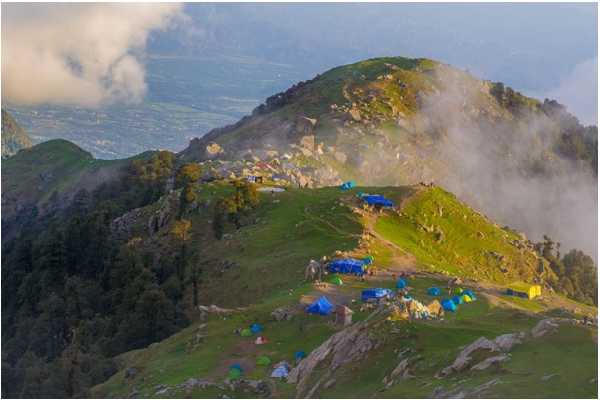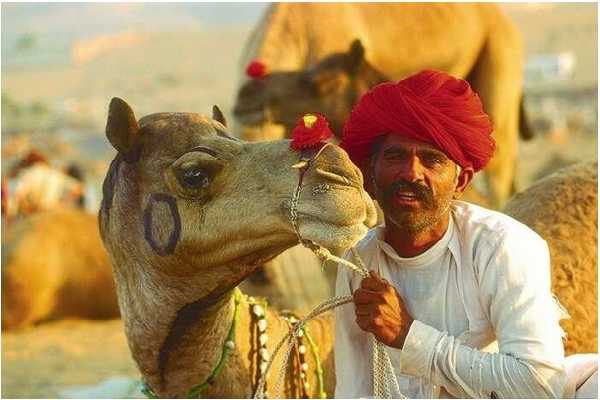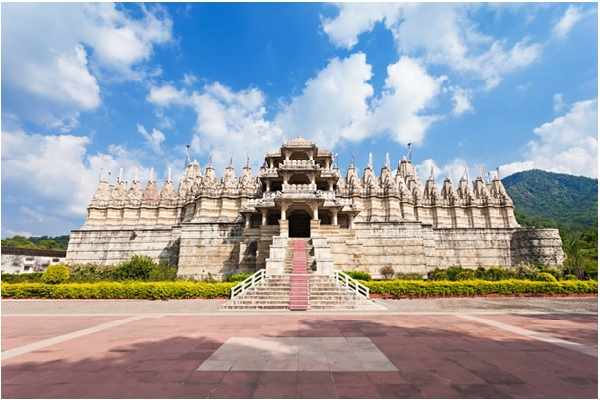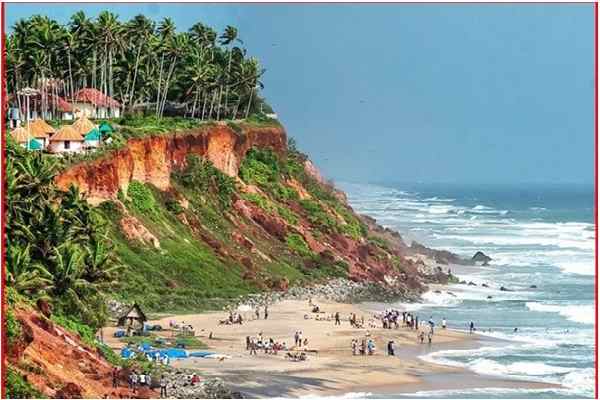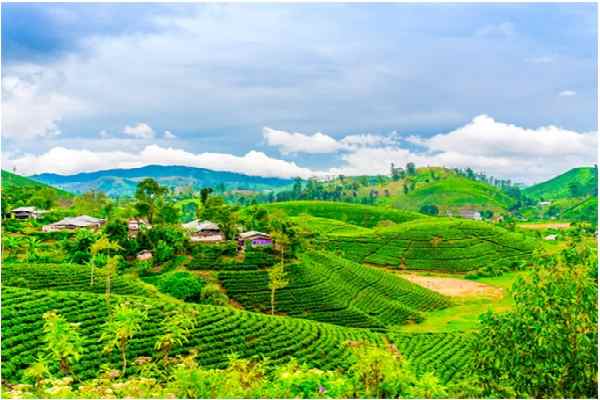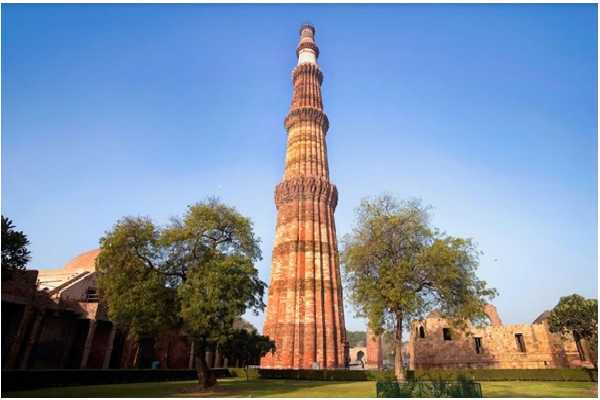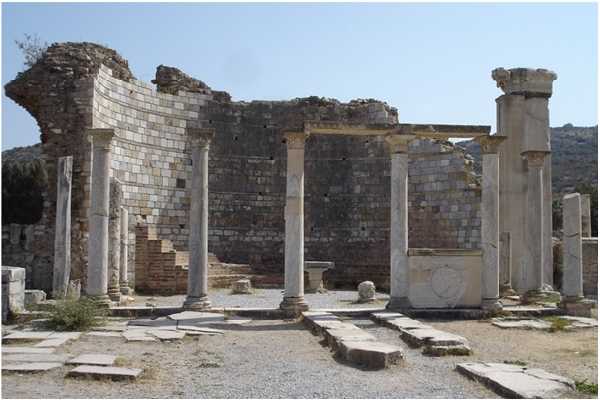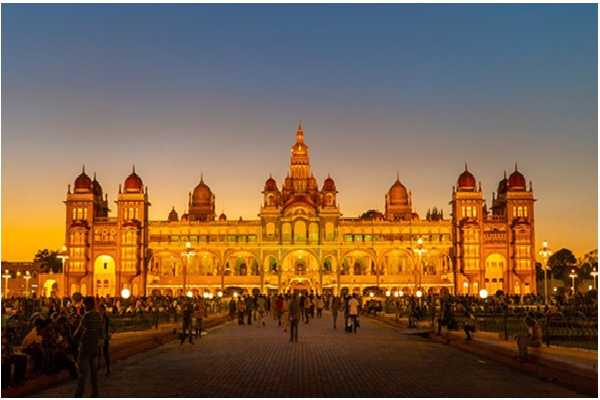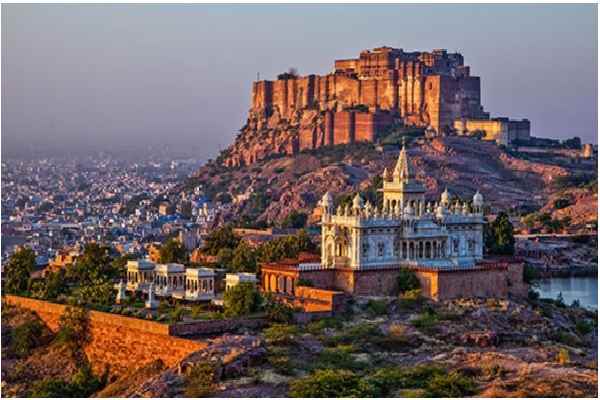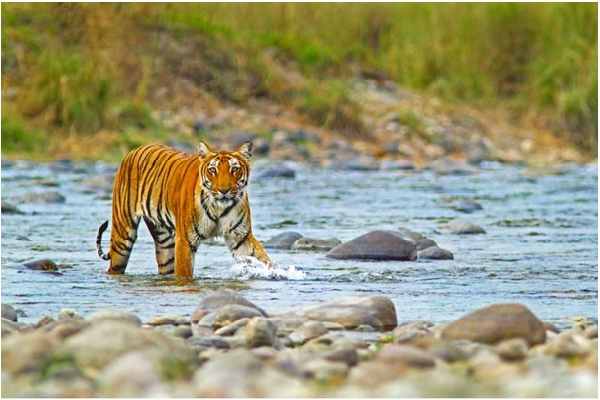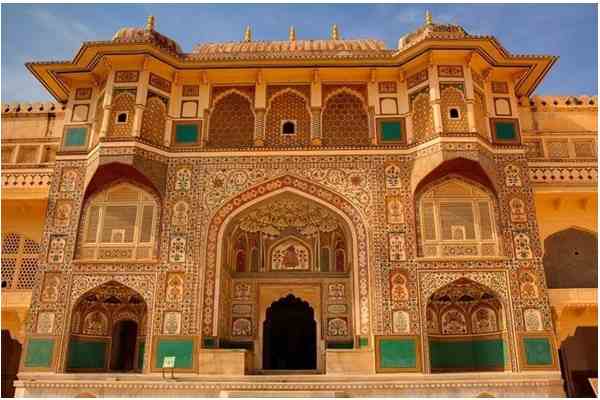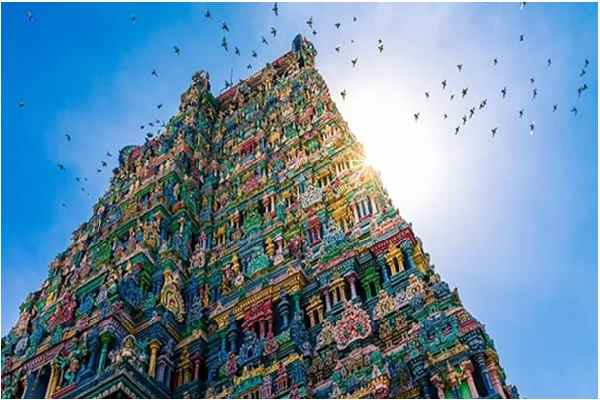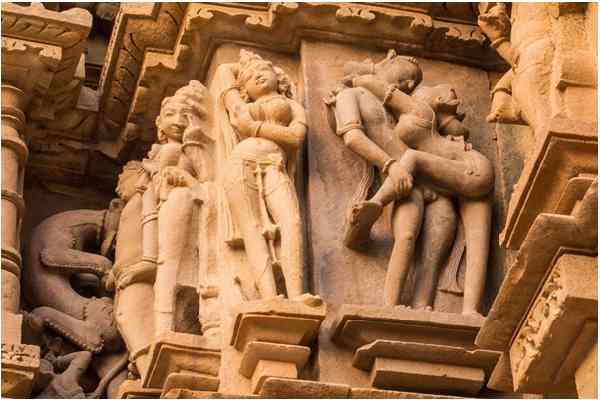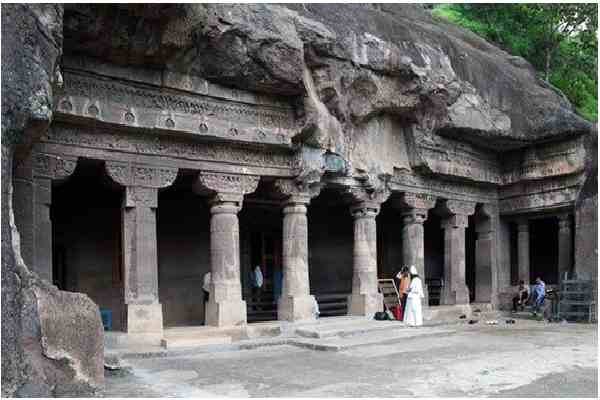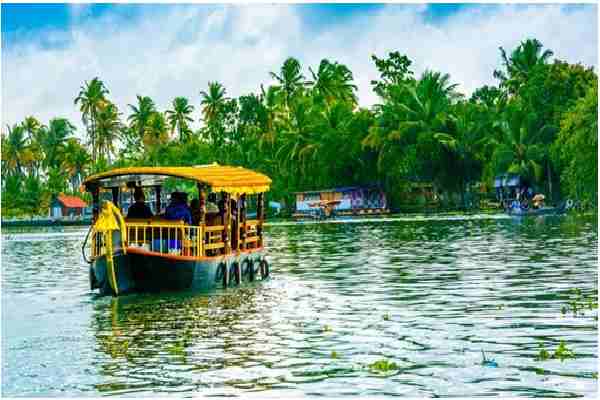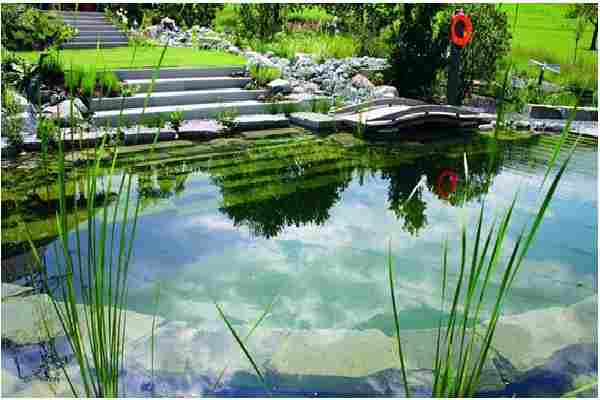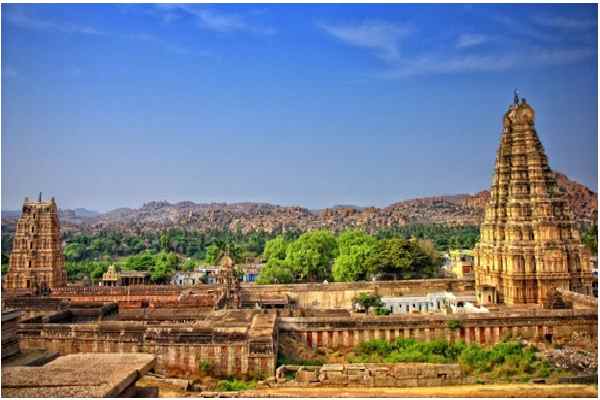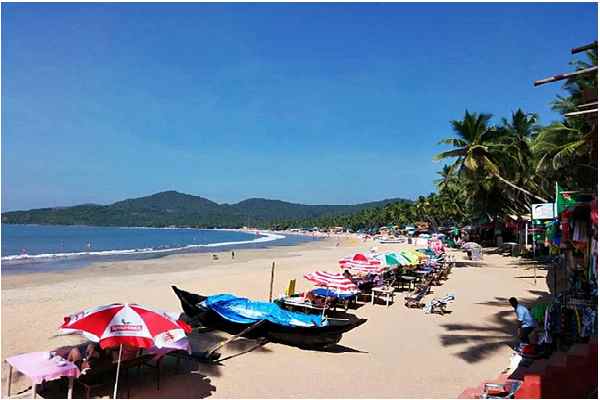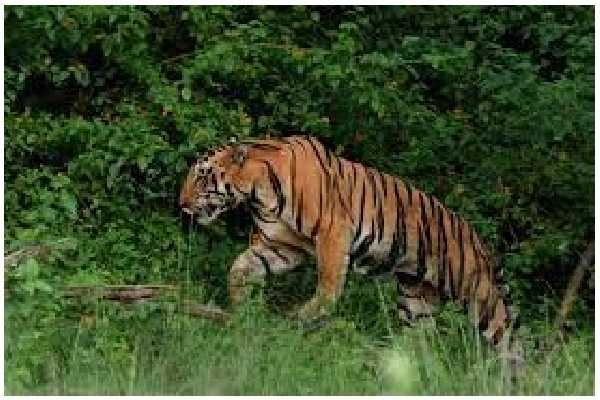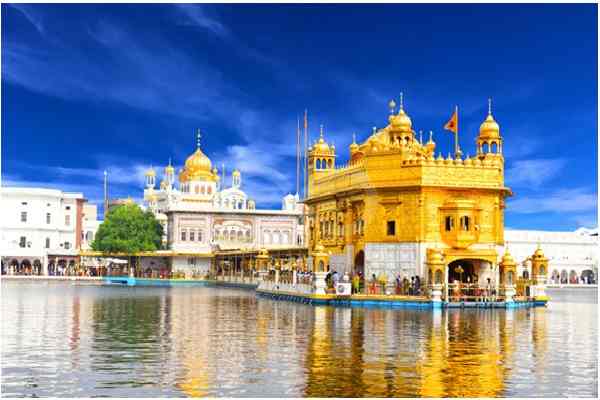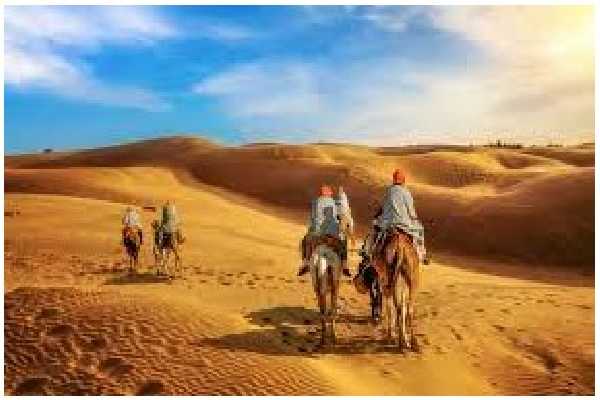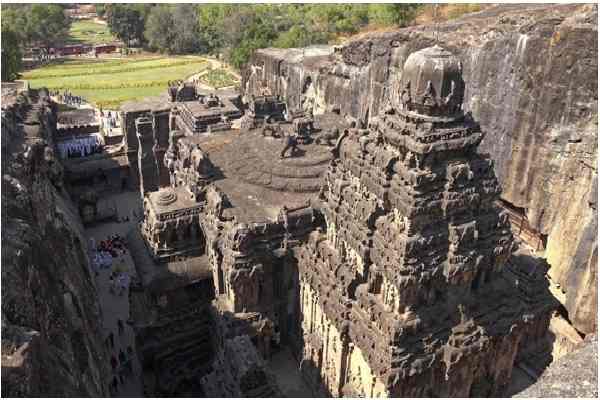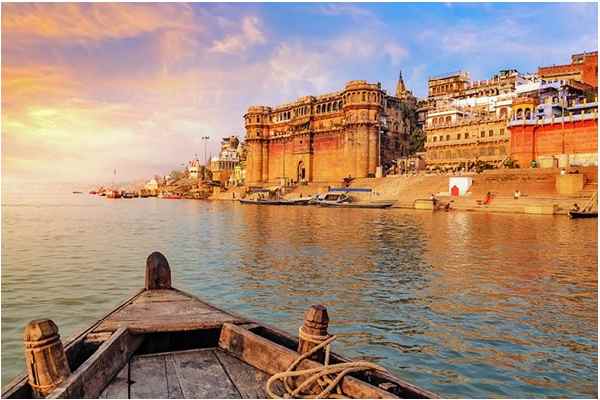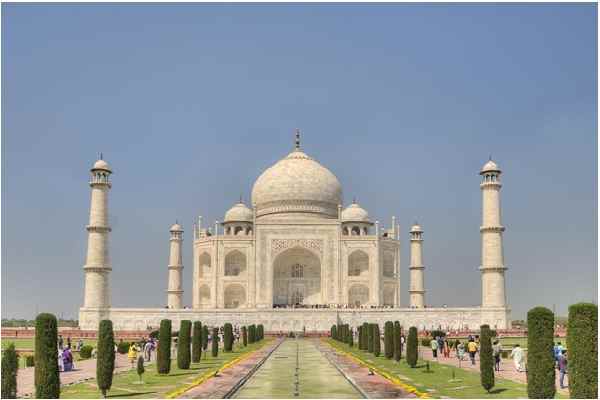Last Updated on July 28, 2021 by admin
India is the seventh-largest country in the world from the majestic Himalayas to the tropical Kerala, and from the sacred Ganges to the sands of the Thar desert. Its more than one million inhabitants are divided into two thousand ethnic groups and speak more than 200 languages.
Adapting to its size and population, India has an endless variety of cultures, landscapes, monuments and places to explore. From ancient ruins, delightful religious buildings, foreign cities and a diverse country there is an endless collection of tourist attractions in India that will never cease to amaze and delight the visitor.
25 Best Travel Destination in India for Family Tour
- Bandhavgarh National Park
Seeing wildlife in their area is a goal for many travelers. A visit to Bandhavgarh National Park will not disappoint them. One of India’s most popular national parks, Bandhavgarh offers the opportunity to see leopards, barking deer, sloth bears, wolves, and Indian birds and wolves, but Bengal tigers are definitely a star attraction, although only 10 percent of visitors can see one. Great time to see wildlife here in the morning or afternoon.
- Dharamsala
Dharamsala is the home away from the home of the Dalai Lama who arrived here in 1959 after fleeing Tibet. The city is also home to the Tibetan government in exile. Dharamsala means a spiritual abode or a place of pilgrimage, which is appropriate because most Tibetans live here. With advance planning, it is possible to attend one of the Dalai Lamas public educational sessions. Dharamsala is popular with mountaineers and hikers who are interested in yoga and Indian cooking.
- Pushkar Camel Fair
Visitors who want to take a camel home with them as a reminder of their trip to India may want to go to Pushkar Camel Fair. This two-week decline is also a good opportunity to buy more livestock, as more than 1,000 animals are being bought, sold or sold, although camels are a great choice. Over the years, the exhibition has become more than just a place where farmers buy and sell livestock. It has been turned into a full-fledged festival that includes camel races, sporting events, festival rides and mustache competitions.
- Ranakpur Temple
The Ranakpur Temple is a magnificent Jain temple, famous for its art and craftsmanship, and is considered one of the finest in the world. Built in the 15th century, it took more than 50 years to build the temple. One of the largest temples in India, the Ranakpur Temple has 29 halls and 80 houses, but it is best known for its 1,444 pillars, each with its own distinctive design. Statues of gods are high on each dome. The most sophisticated recording highlights the interior.
- Varkala Beach
Varkala Beach is popular with travelers who just want to take a break from sightseeing for a while. Its sandy beaches along spectacular cliffs are ideal for beaches, sunbathing and swimming, with some of the reasons Discovery station named it one of the ten best beaches in the world. It is also known for its mineral resources; swimming in them is believed to cure diseases and cleanse one’s sins. Travelers looking to escape from the sightseeing can enjoy visiting the Janardhana Swami Temple, a 2,000-year-old temple dedicated to King Vishnu.
- Darjeeling
Darjeeling is a city in the northeastern part of India famous for its tea, trains, and beautiful scenery. Darjeeling tea is small, brightly colored, has a pleasant aroma and is cool to drink. Leaves are planted in the hills around the city. Far up in the sky, travelers can see the snow capped peaks in the Himalayas. Admission is a three-hour drive from the nearest airport or a seven-hour drive on the Darjeeling Himalayan Railroad, a small gauge railway known as the “toy train.”
- Qutb Minar
Qutb Minar is the second highest brick site in the world. The minaret, 80 feet (270 m) high in the sky, is made of marble and freshly red bricks carved in words from the Koran. Construction took four years, beginning in 1193. Round stairs with 379 stairs lead up; closed to guests. Quwwat-ul-Islam Mosqueaa, the first Muslim church built in India, lies at the foot of the mines. Next to the Iron Pillar, so named because it is made of stainless steel.
- The Palace of Tychicus
Travelers who have been to Tibet may think they saw things when they looked at the Ticket Monastery. That is because the 12-story building resembles the Potala Palace in Lhasa, the only Buddhist monastery in Ladakh, India. Like its Tibetan inspiration, it is located at an altitude of: 3,600 meters (11,800 meters). Ladakh’s largest palace also contains the tallest statue, a 14-foot-tall (45-foot) statue of Maitreya, housed in a temple commemorating a visit to the 1970 Dalai Lama. Important Buddhist art, such as stupas and murals, can be found here.
- Mysore Palace
Visitors to Mysore Palace are designed for a wonderful experience at the second tourist attraction in India. The seven palaces that make up the Mysore Palace building are not surprising. The Wodeyars ruled Mysore from 1399 to 1950. Their first palace was built in 1399, and the present palace was completed in 1912. The new palace is a combination of Islamic, Hindu, Gothic and Rajput styles. Three stories high, with deep pink marble houses and ivory tower. The palace hosts an annual arts and culture festival, the Daras every year.
- Mehrangarh Fort
Mehrangarh Fort is a magnificent, rear-view fort, one of the largest in India, situated on a hill overlooking Jodhpur. Built in the mid-15th century as a means of protection, visitors can still see the cannonball inscriptions at one of the seven gates. Once inside the walls, visitors will find magnificent, ornate palaces. The fort museum has an excellent collection of palanquins, musical instruments, royal beds and costumes. The walls, where the old cannon is found, give a beautiful view of Jodhpur.
- Jim Corbett National Park
Everyone loves to see animals in the wild. Jim Corbett National Park, India’s oldest national park, is a prime spot for the endangered Bengal tiger. Founded in 1936, the park was renamed in 1954 in honor of Jim Corbett, author and wildlife conservationist, who helped create the park. Dense vegetation, including forests and forests, makes it difficult to spot a tiger – April to June is much better than that, but visitors can see other wildlife, including elephants, leopards, rhinos and black Himalayan bears.
- Amber Fort
Amber Fort, which is a major tourist attraction around Jaipur, is known for its outstanding architecture. Sitting on top of a hill, the complexity is a combination of Hindu and Rajput styles. Built in the late 16th century, a red sandstone and red and marble structure have been featured in Bollywood films. It is best known for the Mirror Palace, a beautiful room with a stained glass roof so that the queen can look at the stars before going to bed. Entry on foot, 4WD car or elephant.
- Meenakshi Amman Temple
The Meenakshi Amman Temple is an impressive Hindu temple dating back to the sixth century, though most of the existing structure was built a thousand years later. It is located on the Vaigai River, perhaps the most important temple in Madurai, the city’s 2,500-year-old city. Intricate paintings inside and out; the temple has 14 towers in total, each dedicated to the god or man. 33,000 statues and rich paintings can be found in the temple building.
- Khajuraho
The Khajuraho Temple Group combines art and eroticism, with the end result being one of the leading temple art of ancient times, not only in India but also worldwide. Built during the 10th century, only about 25 of the 85 temples remain today. The largest group of Hindu and Jain temples in the world, carvings and sculptures represent the traditional way of life of women in ancient times. Sculptures are made at a time, when sexual art goes hand in hand; some of the sexually explicit material.
- Ajanta Caves
Ajanta caves with cave monuments dating to the 2nd century BC. The magnificent caves of Ajanta were abandoned about 650 AD until they were forgotten until 1819, when a group of British hunters fell upon them. Their isolation contributed to the preservation of preservation where some of their paintings still stand. The elaborate drawings depict everything from battlefields to sailing ships, city streets and jungles full of animals to snow-capped mountains. The city of Aurangabad is the gateway to the caves of Ajanta and the stunning Ellora Caves in a similar way.
- Kerala lakes
Kerala’s lakes are home to countless lakes and lakes lying along the Arabian Sea coast in the state of Kerala. Kerala’s ponds are home to a wide variety of aquatic life including crabs, frogs and mud soaps, waterfowl and otter and tortoises. Today, indoor boat tourism is a well-known tourist activity on the waterfront, with several large Kettuvallams (traditional rice boats, now turned into floating hotels) running along waterways.
- Lake Pool
Lake Palace in Lake Pichola in the city of Udaipur was built as a royal palace in the summer of the 18th century. Today it is a luxury 5 Star hotel, operating under the “Taj Hotels Resorts and Palaces”. The Lake Palace hotel operates a hotel passenger boat from the airport at City Palace on the east bank of Lake Pichola. The palace became famous in 1983 when it was featured in James Bond’s film Octopussy, as the home of a boring character.
- Virupaksha Temple
The Virupaksha Temple in the city of Hampi began as a small building and grew into a huge complex under the rulers of Vijayanagara. It is believed that the temple has been in operation since the construction of a small temple in the seventh century AD making it one of the oldest Hindu temples in India.
- Palolem
Palolem is located south of Goa’s developed beaches and is also one of the most beautiful. It is a natural harbor surrounded by towering heights on both sides, leading to a calm, beautiful sea with a sloping bed. For those who believe that the beach will not be a paradise without a good selection of cheap restaurants and fine hotels, the average nightlife and many like-minded people Palolem is the place to be.
- Khanha National Park
Khanha National Park is one of the most beautiful wildlife sanctuaries in Asia and is one of the most beautiful places to see the Indian tiger. The lush green and bamboo forests, meadows and rivers of Khanha inspired Rudyard Kipling with his famous novel “Jungle Book” and made it one of the most fascinating places in India.
- Harmandir Sahib
The Harmandir Sahib, better known as the Golden Temple, is the most popular tourist attraction in Amritsar, as well as the most important religious site for Sikhs. Construction of the temple was started by Gugu Ramdas ji. in the 16th century. In the 19th century, Maharaja Ranjit Singh’s floor was covered with gold. It is a magnificent temple, and it is always filled with thousands of pilgrims from all over India, happy to be in a place they only see on television.
- Jaisalmer
Located on the far northwest corner of Rajasthan near the border with Pakistan, Jaisalmer is a low-lying desert town. The yellow sandstone walls of the “Golden City” rise from the Thar desert as a scene from the Arabian Nights while Jaisalmer Fort places the city’s crown. Unregulated commercials have shattered Jaisalmer’s romantic idea, but despite all the touches and tourist buses, it remains one of the most popular tourist destinations in India.
- Ellora Caves
Cave art is taken to the highlands of the Ellora Caves, one of the largest temple caves in the world cut into the rock. Ellora owns 100 caves, though only 34 are open to the public. Excavations of one of the largest stones are found in the temple of Kailasa, which encompasses the double portion of the Parthenon in Athens Built between the seventh and ninth centuries, caves dedicated to the gods of Hinduism, Buddhism and Jainism.
- Varanasi
Located on the banks of the Ganges River, Varanasi is sacred to Hindus, Buddhists, and Jains and is one of the oldest human settlements in the world. In many ways Varanasi puts the best and worst features in India, and can be a very small thing. The position of pilgrims performing their ritual on the Ganges River at sunrise is located behind the ancient temples and is perhaps one of the most impressive places on earth.
- The Taj Mahal
The Taj Mahal in Agra is a large white marble mausoleum, built between 1632 and 1653 at the behest of Mughal emperor Shah Jahan in memory of his beloved wife. Called “tears on the cheek forever” it is one of the Mughal architectural art, and one of the most beautiful tourist destinations in India. In addition to the white marble tombs the Taj Mahal includes many other beautiful buildings, featuring lakes, and numerous ornate gardens with lush vegetation and trees.
- Hope you guys liked this article, for more articles like this visit – latest Hindi news


